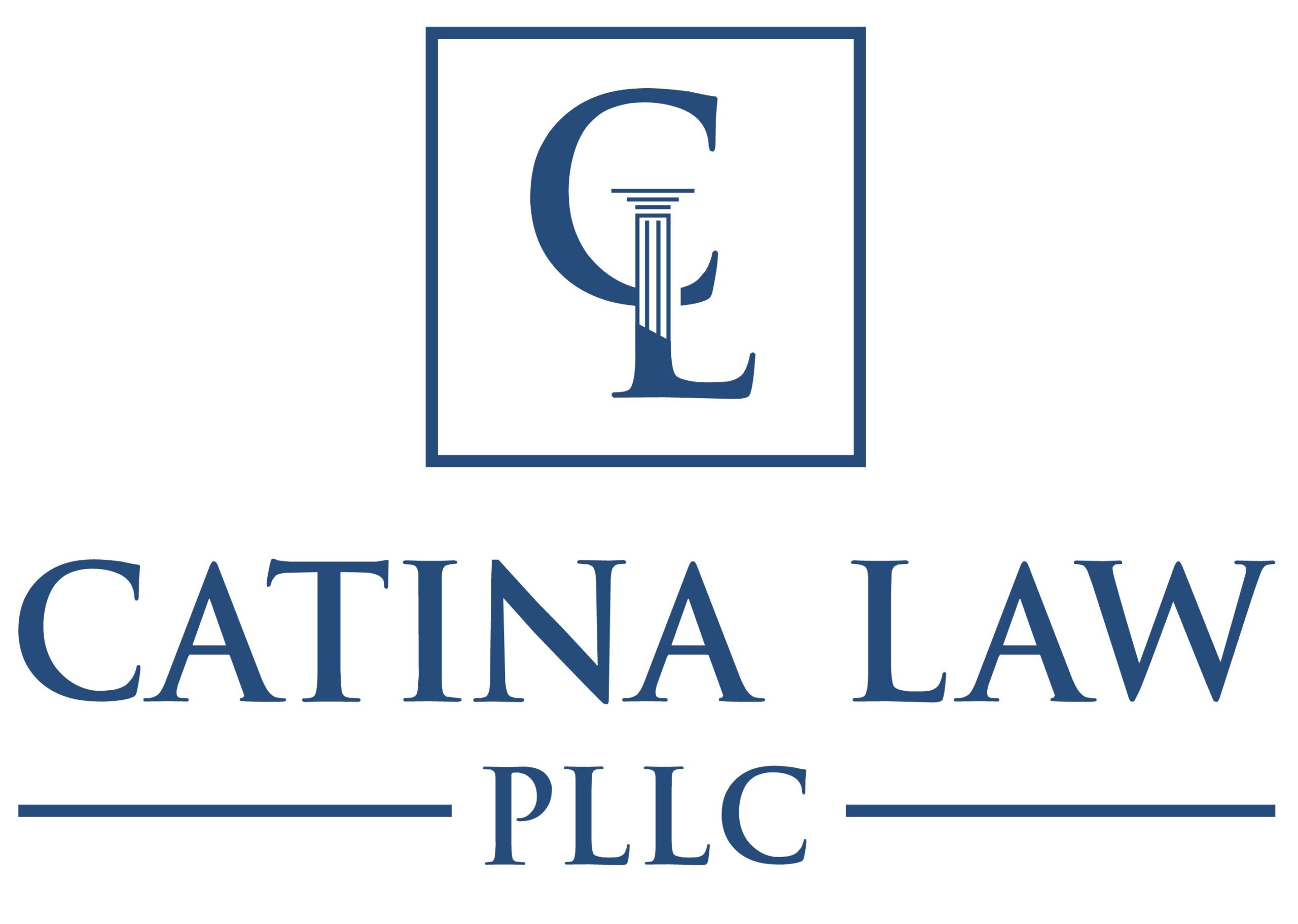An Asset Purchase Agreement (“APA”) is a legal document used when one company (the buyer) acquires the assets of another company (the seller). It outlines the terms and conditions of the sale, including the assets being transferred, the purchase price, representations and warranties, and various other provisions. Like any legal contract, there are potential pitfalls and challenges that both the buyer and the seller should be aware of when negotiating and drafting an APA. Here are some common pitfalls to watch out for:
- Incomplete Asset List: Failing to provide a comprehensive and detailed list of assets to be transferred can lead to disputes and confusion. Both parties should ensure that all relevant assets, including tangible and intangible ones, are clearly identified in the agreement.
- Imprecise Purchase Price and Payment Terms: The purchase price should be clearly defined, and the terms of payment (e.g., lump sum, installment payments) should be specified. Failing to establish a clear purchase price structure can result in disagreements.
- Representations and Warranties: Inaccurate or incomplete representations and warranties can lead to post-closing disputes. Both parties should be diligent in providing accurate information and negotiating these provisions.
- Due Diligence: Inadequate due diligence can lead to surprises after the deal is closed. Buyers should thoroughly investigate the assets and liabilities of the seller before finalizing the agreement.
- Liabilities and Indemnification: Failing to address the allocation of liabilities and indemnification provisions can expose the buyer to unexpected financial burdens. Sellers should ensure they understand their obligations in this regard.
- Employee Issues: Handling employee transitions can be complex. If not properly addressed, it can lead to issues with employee morale, retention, and potential employment-related disputes.
- Regulatory Compliance: Ignoring or overlooking regulatory compliance issues can lead to legal and financial troubles for the buyer. Both parties should ensure that the transaction complies with applicable laws and regulations.
- Intellectual Property Rights: Not addressing the transfer of intellectual property rights, including trademarks, patents, and copyrights, can result in disputes over ownership and usage.
- Contractual Obligations: Failing to address existing contracts and agreements with third parties can lead to complications post-acquisition. Buyers should be aware of and consider how these agreements will be handled.
- Contingencies: Lack of clear contingency plans for unforeseen events (e.g., breaches of representations and warranties) can lead to protracted disputes and litigation. The APA should be clear as to triggering events and how they are handled.
- Tax Implications: Inadequate tax planning can lead to unexpected tax liabilities. Buyers and sellers should consider the tax implications of the transaction and structure it in a tax-efficient manner.
- Post-Closing Operations: Transitioning the acquired assets into the buyer’s operations can be challenging. Both parties should have a clear plan for the post-closing integration process and what cooperation is needed from the seller to the buyer.
To avoid these pitfalls, it’s advisable for both parties to engage legal, financial, and other relevant experts to help negotiate and draft the APA. Additionally, open and honest communication and a thorough understanding of the transaction are key to a successful asset purchase agreement.
Disclaimer: The information contained in this post is not, nor is it intended to be, legal advice. You should consult an attorney for advice regarding your individual situation. We invite you to contact us and welcome your calls and communications. Contacting us, however, does not create an attorney-client relationship.
